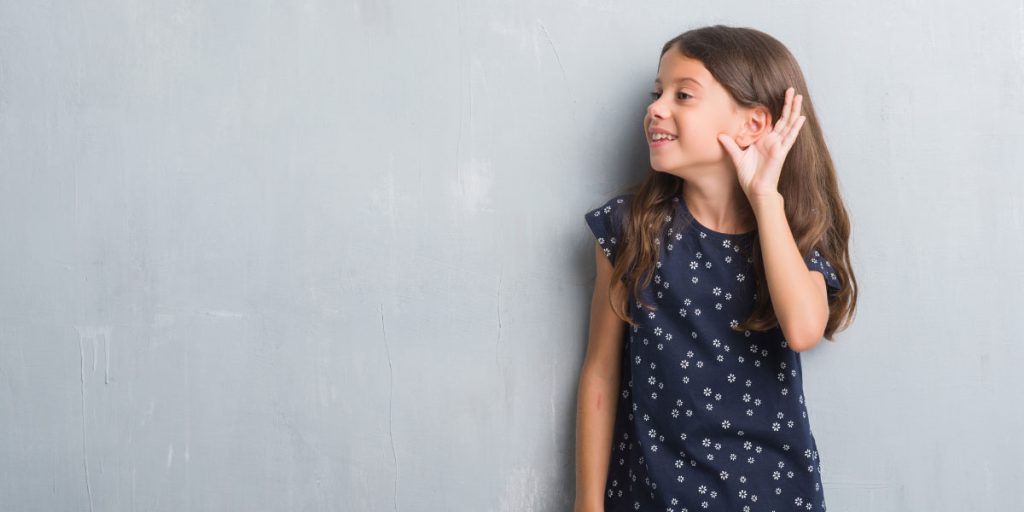Free shipping to all orders over $100 US

You’re driving, and your favorite song comes on the radio, so you crank up the volume and sing along. Your favorite band comes to town, so you and your friends spend the night jamming at their show. You walk along a busy road to get some coffee before work, surrounded by the sounds of construction, buses, cars honking their horns, and emergency vehicle sirens passing through.
These examples are everyday occurrences for many people, and they might not seem like a big deal. But repeated exposure to these situations could lead to hearing loss and tinnitus. Most people think hearing conditions correlate to old age or a single traumatic event, but most hearing loss and impairment are actually caused by longtime exposure to seemingly innocent sounds.
Two conditions—noise-induced hearing loss and tinnitus—affect an estimated 50 million Americans, but they are almost always preventable.
Noise-induced hearing loss (NIHL) is much more common than you’d think. Over 30 million Americans experience hearing loss and tinnitus due to repeat exposure to loud noise. But how loud is “loud,” and how can noise damage your hearing?
NIHL occurs when hair cells in your inner ears become permanently damaged. These hair cells are microscopic and work together to transmit sound to the brain through electrical signals. When loud sounds reach your ears, they create powerful vibrations that can damage these cells. Unfortunately, hair cells are irreplaceable. Once they’re destroyed, your hearing will suffer permanently. It is estimated that we have between 15,000-20,000 hair cells in each ear.
One common misconception about NIHL is that only single, very intense sounds are capable of causing permanent hearing loss. In reality, intense noise from a single event and repeated exposure to moderately loud noise above 85 decibels can damage your hair cells.
So, NIHL could stem from the sound of a single gunshot (which can exceed 160 decibels) or from daily exposure to city traffic noises (which can reach 90 decibels). For reference, a casual conversation is around 60 decibels. This means that the loud noises you’re exposed to every day are more dangerous than you think!
Because NIHL is often caused by prolonged exposure to loud noises, the majority of hearing impairment symptoms appear gradually. One day, you might discover that you have a harder time understanding what people are saying, that noise sounds muffled or that you speak loudly or even yell while communicating. Additionally, you might experience a frustrating symptom called tinnitus.
Have you ever sat in a quiet room or laid in bed, annoyed by buzzing or ringing in your ears? When you inquired about the sound, did others tell you they couldn’t hear anything? If so, you may be one of over 50 million Americans suffering from tinnitus.
Tinnitus is a common symptom and an early indicator of NIHL. It often appears as a ringing, buzzing, hissing or roaring sound, but it’s not caused by an external source of noise. Instead, tinnitus is caused by interrupted transmissions between the auditory nerve and the brain.
Tinnitus may occur temporarily after exposure to an extremely loud noise. It may also develop into a life-long problem that accompanies permanent hearing loss. Although it is often related to NIHL, tinnitus may also be caused by stress, wax buildup, medication use or other health problems. In order to tell what is causing the annoying ringing in your ears, you’ll need to visit an audiologist.
Anyone can suffer from NIHL or tinnitus—from babies to adults. This is why it’s so important to protect your hearing from a very young age and even after damage may have occurred so that it does not get worse! By wearing hearing protection products like earplugs or earmuffs and being mindful of your exposure to loud noise, you can protect your ear’s delicate hair cells and enjoy healthy hearing for the rest of your life.





